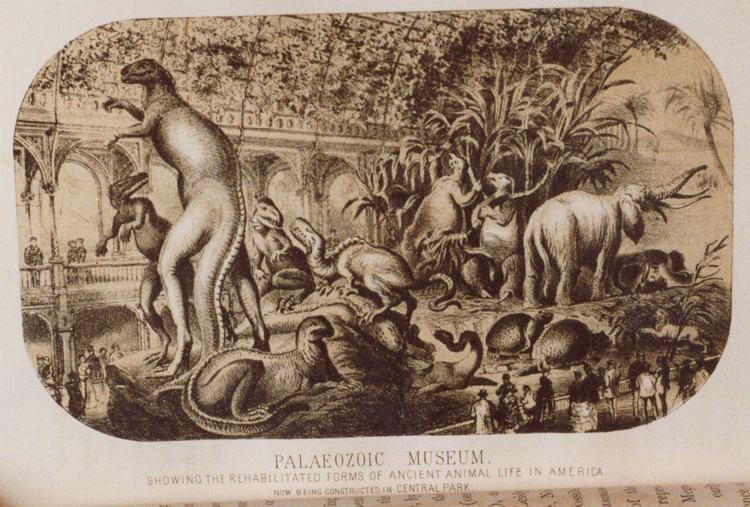This may seem random, but thanks to both my love for things from dinosaurs to Atlas Obscura, I'm interested in museums, ranging from small local museums to the big metropolitan ones. So, the goal is to make up a museum. it can be one for an ATL municipality, or for an ATL subject, whether human, natural history, or cultural.
Korhonen Museum of Natural History
Located in Middlebury, VT, the Korhonen Museum opened in 1973 by Jan Korhonen (December 8, 1917-July 5, 2005), a news editor and a son of finnish immigrants. A long attraction for the city and major northern New England scientific institution, the museum fell on hard times in the 90's and 2000's with reduced funding, but starting in 2010 began a renovation that reinvigorated it; the museum has organised based off a theme of armouring and protection. Its renown for its extensive collection of turtle and freshwater shellfish specimens and bronze age equipment, as well as its dinosaur gallery.
Korhonen Museum of Natural History
Located in Middlebury, VT, the Korhonen Museum opened in 1973 by Jan Korhonen (December 8, 1917-July 5, 2005), a news editor and a son of finnish immigrants. A long attraction for the city and major northern New England scientific institution, the museum fell on hard times in the 90's and 2000's with reduced funding, but starting in 2010 began a renovation that reinvigorated it; the museum has organised based off a theme of armouring and protection. Its renown for its extensive collection of turtle and freshwater shellfish specimens and bronze age equipment, as well as its dinosaur gallery.
- Dinosaurs: Survival in the Mesozoic - A gallery dedicated to dinosaurs, added in 2009 designed to mimic a prehistoric conifer jungle. The centrepiece are two skeletal Ankylosaurus battling as a Daspletosaurus watches on, but features nine other mounted specimens and 150 others. The exhibit differs from others of its kind by focusing on the Ornithischian dinosaurs (ornithopods, ceratopsians, pachycephalosaurs, and theyreophorans).
- American Reptiles - A gallery focusing reptiles primarily of North America, with an emphasis on turtles and crocodilians alive and extinct; specifically it focuses on physical adaptations and anatomy like armour and eggs. The gallery has many live specimens on exhibit, and the museum as a whole participates in reptile and amphibian conservation.
- The First Vermonters - The gallery focusing on both native mammals and birds and indigenous peoples of Vermont and North America as a whole and how they interact(ed) in both life and mythology. Originally it was two separate galleries, the Indian Gallery and American Game and Birds Gallery, but in 2014 they were combined.
- Sea of Champlain - A gallery about both Lake Champlain and the ancient Champlain Sea and the Ice Age as a whole. On display are both fossil invertebrates, fish, and marine mammals and displays on hydrography and geology.
- Beyond Ishtar - A gallery first opened in 2011 focusing on Mesopotamian cultures, specifically their construction of buildings.
- Walton Bug Conservation Zoo - An exhibit on live insects and other arthropods, placing emphasis in conservation from threats.
Last edited:
